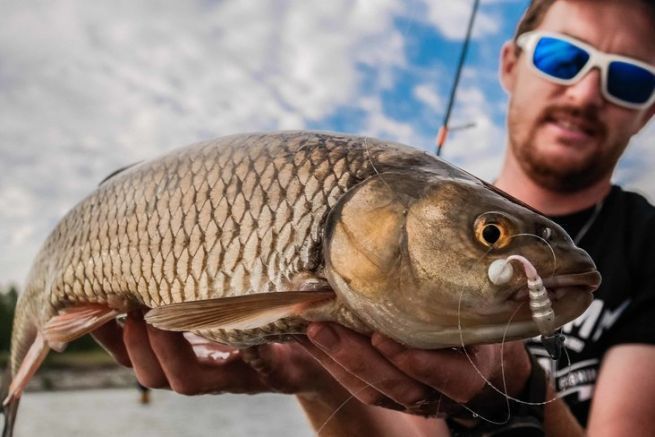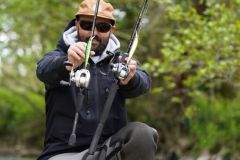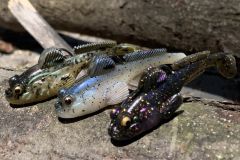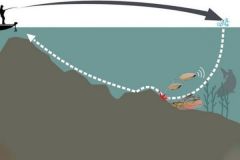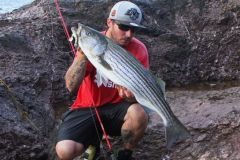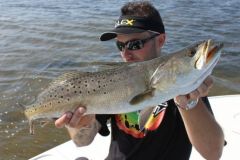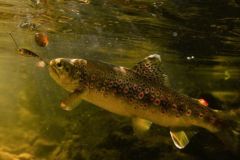Although some carnivorous anglers find it less attractive and less noble than a perch, pike or zander, the chub is nevertheless a hell of a fighter, as cunning as it is powerful.
The chub, a true river omnivore!
The chub is a white fish of the Cyprinidae family, which it shares with carp, roach, rotengles and barbel, to name but a few! Its anal and pelvic fins can be red, depending on location and season. It has a round, fairly wide mouth with full lips.
It can be found all over France, with a preference for rivers and streams with currents, which it takes advantage of to feed. A real vacuum cleaner of water veins, it is quite opportunistic and feeds on anything it can find! Larvae, earthworms, fruit that falls from the banks, fish eggs and even fry can all make up a chub's meal. As summer approaches, the chub will tend to move below the surface, feeding on flies, insects and fruit found above the surface. At the start of the season, when waters are still relatively strong, they feed heavily on small fish, making them ideal prey to target with small lures.
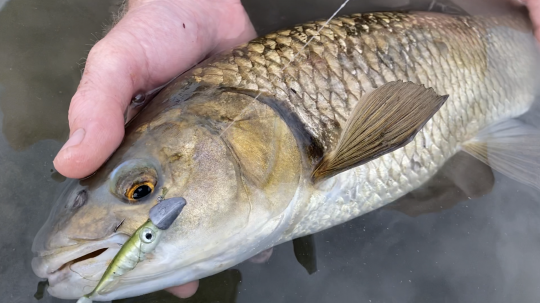
Equipment for chub fishing
When targeting chub, it's all a question of compromise, the ideal being to use a rod that gives you maximum sensations on modest-sized fish without risking losing your new record if it comes along. Using a fairly long rod (between 2m and 2.30m) allows you to cast far and accurately. As far as power is concerned, the ideal is a 2-10g or 3-15g rod, but with plenty of reserve power to hold back a big chub if necessary. This rod should be as resonant as possible to give you all the information you need to read the bottom and above all to detect the sometimes subtle touches in the current. Combined with a size 2000 reel fitted with 10-hundredths braid and a 20 to 24-hundredths fluoro leader, you'll achieve the best compromise between strength, discretion and pleasure.
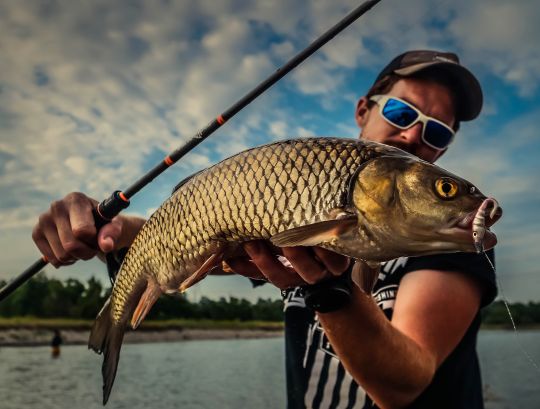
In spring, look for them in the pits!
As soon as the spawning period is over (late spring/early summer), the chub are still grouped together in the pools and feed a lot to regain their strength.
With the rains and the onset of snowmelt, the flow of rivers and streams increases, and chub are active, but less easy to find in tinted water.
Their preferred positions are generally in the deeper veins of the river, where they feed. Waiting for an easy prey to pass under their noses, chub will then post up in the deeper part, where the current is a little less strong. The key to success lies in the depth at which the lure must pass. The ideal lures for this type of fishing are small, soft lures, which are less costly to hook on the bottom and, above all, more suited to this type of "drift" fishing.
By adapting the weight of the lead head, it is possible to go deeper or shallower, at the same speed as the current. The idea is to cast your lure ¾ way upstream, let it drop down into the water layer, and let it drift at the same speed as the current, giving it little jerks with the scion so that the paddle comes into action. The vibrations of a small shad will then enable the chub to easily identify its prey, even if the water is tinted!
If the water is clearer, an insect imitation mounted on a lead head can also make a difference, with the same type of animation!
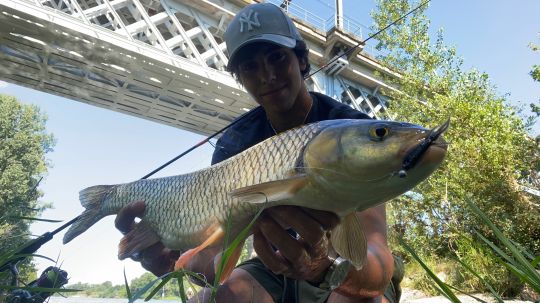
Sometimes the fish turns and swims down the current with the lure in its mouth, but sometimes it's more subtle with just a brief stop of the lure. In this case, you'll have to strike effectively to get the hook in!
It's at this point that a powerful fight begins, during which the leader must not rub too much and the fish must be prevented from taking refuge in the branches of the bank if this is the case. Some specimens can reach over 60cm, making them great fighters! Although more solitary than juveniles, it is not uncommon to find large chub in shoals, so keep the first fish carefully in the landing net before releasing it back into its environment. This will prevent the fish from alerting other chub, and you'll sometimes be able to get a string of good-looking fish in no time.
